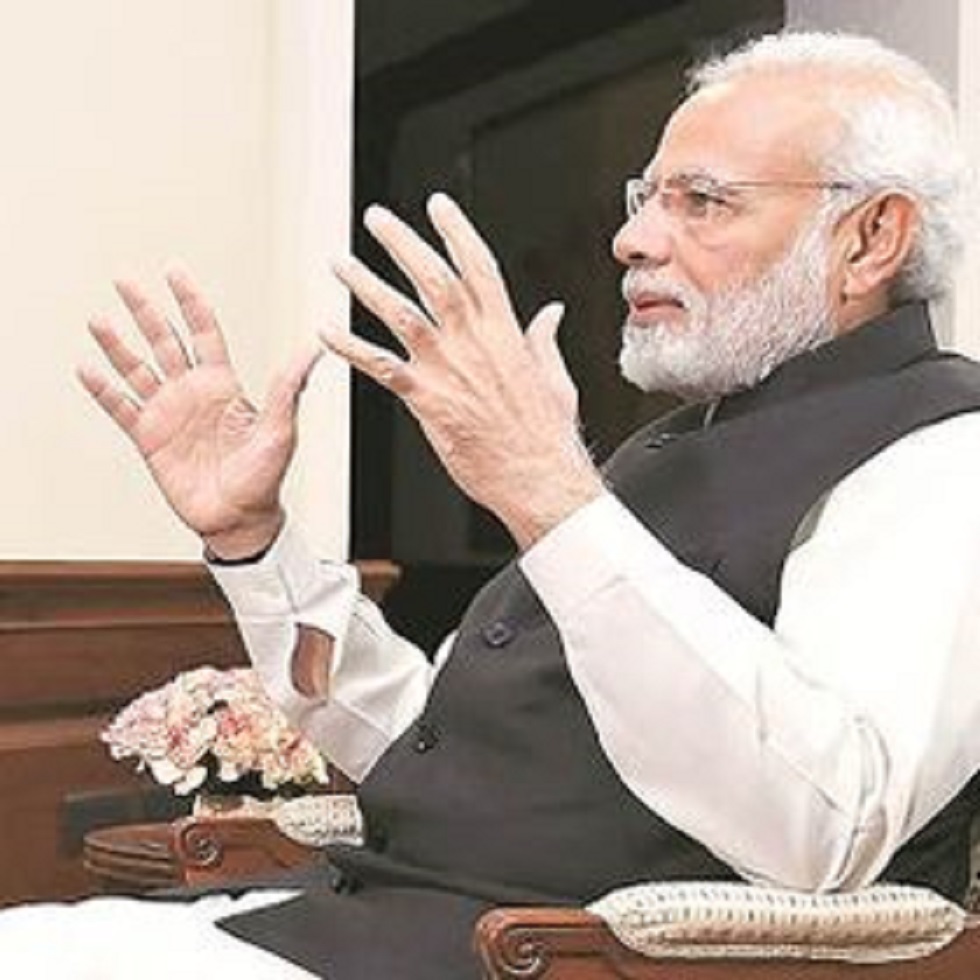In less than three months after becoming Prime Minister, Narendra Modi declared on the Independence Day his intention to bank all Indian families with the Jan Dhan Yojana. It was received with enough scepticism as it wasn’t the first time a political leader promised banking to all.
A year later, the goal turned out to be a reality as it was executed with the involvement of every state-owned bank and that became the cornerstone of India’s journey in digitising the economic activities.
India’s journey in digitising the economic activities of even the poorest in the past six years.
Now, PM Modi is beginning his next journey of bringing in more financial products to even the bottom of the economic pyramid that is poised to open up a plethora of opportunities for those in the fintech ecosystem, lending and payments businesses.
Pradhan Mantri Jan Dhan Yojana, or PMJDY, will focus on doorstep banking, harnessing digital financial products and convergence with flagship pension and insurance schemes. At present, there are about 440 million PMJDY accounts, with a total deposit balance of Rs 1.46 lakh crore.
In November, the PM had urged every bank branch to have at least 100 clients with 100% digital transactions before August 15, 2022.“Banks at branch level can decide to approach at least 10 new youths or local micro, small and medium enterprises in their vicinity to help promote their enterprises,” he had said in his address at the ‘Creating Synergies for Seamless Credit Flow and Economic Growth’ conference.
“Banks have been advised to conduct special camps through their “Going Digital” through UPI and *99# (USSD) including tailored camps for different target groups including farmers and micro and small entrepreneurs,” she had said in her reply.
As per National Payments Corporation of India (NPCI), payment platform UPI has emerged as a dominant digital payment choice, with over 22 billion transactions registered during FY21, showing four times growth over the last three years. Also, AePS inter-bank transactions during FY21 registered nine-fold growth, over the past four years.
“The benefits of Unified Payments Interface (UPI) were reaped during the pandemic when it served as a critical lifeline especially for small and micro merchants,” said a finance ministry official, noting that in FY21, UPI processed over 9 billion contactless merchant transactions valued over Rs 6 lakh crore.
Accidental insurance cover on NPCI issued cards was doubled to Rs 2 lakh for PMJDY accounts opened after August 28, 2018. Also, overdraft (OD) limit was increased to Rs 10,000 and facility of OD up to Rs 2,000 without conditions was brought in.
“Digitisation of the banking sector is very important, especially for retail, which contributes as a key to growth of the ecosystem. Further, ease of doing business for MSME and corporates will help in achieving a $5-trillion economy,” India Banks’ Association chief executive Sunil Mehta had said at the launch of the report.
“Digital banking will further change the nature of the functioning of merchants and small businesses,” said a senior banker noting that in just five years, over 100 million UPI QRs have been deployed in the market for accepting merchant payments.
“Digital banking will further change the nature of the functioning of merchants and small businesses,” said a senior banker noting that in just five years, over 100 million UPI QRs have been deployed in the market for accepting merchant payments.




